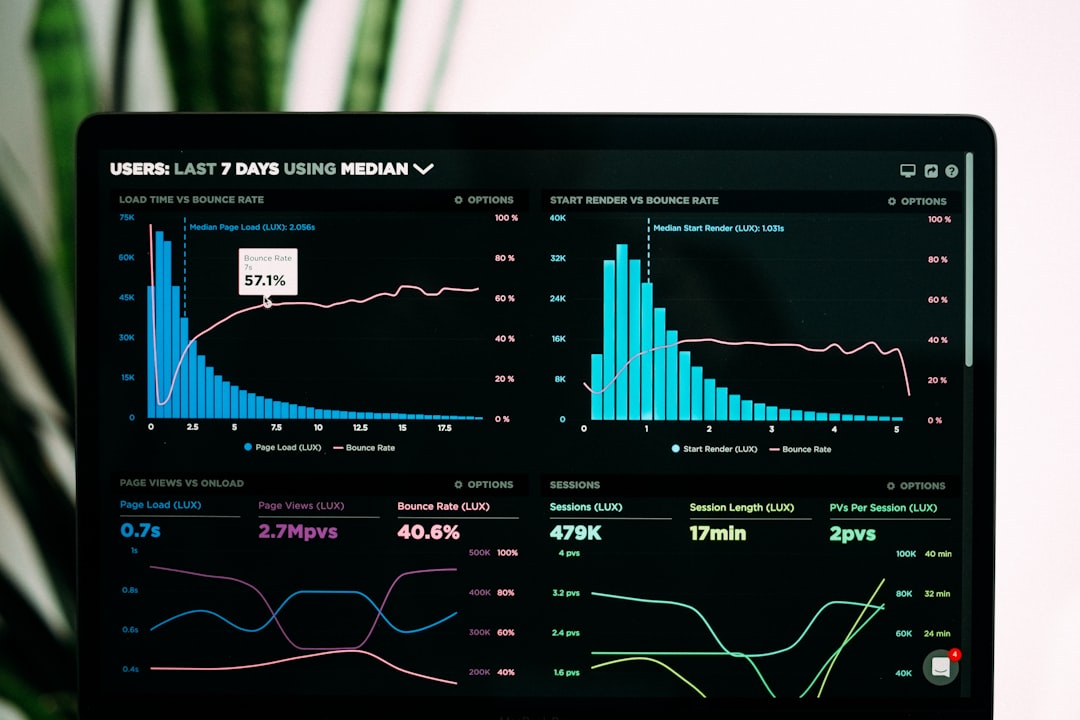In today’s fast-paced market environment, pricing strategies can significantly influence a business’s profitability and competitiveness. With the advent of artificial intelligence (AI), companies now have access to powerful tools that enable dynamic pricing—a method where prices are adjusted in real-time based on market demand, customer behavior, inventory levels, and competitor pricing. Leveraging AI for dynamic pricing can help businesses respond swiftly to changing market conditions while maximizing revenue.
What is Dynamic Pricing?
Dynamic pricing is a pricing strategy that allows businesses to change product prices continuously. Unlike static pricing models where prices remain constant for long durations, dynamic pricing models are flexible and data-driven, reacting to market trends and consumer interactions. This approach is commonly used in industries like travel, hospitality, e-commerce, and ride-sharing.
How AI Facilitates Dynamic Pricing
AI tools bring sophistication and scalability to dynamic pricing through the use of algorithms, machine learning models, and predictive analytics. Here’s how businesses can use these tools strategically:
- Real-Time Data Analysis: AI can process vast amounts of data—including customer behavior, competitor prices, and market trends—to provide real-time pricing recommendations.
- Demand Forecasting: Machine learning models can predict future demand based on historical data, enabling businesses to adjust prices preemptively during peak or off-peak seasons.
- Customer Segmentation: AI can identify different customer segments and tailor prices accordingly, maximizing the likelihood of conversion without eroding perceived value.
- Price Elasticity Modeling: AI helps estimate how sensitive customer demand is to price changes, supporting better pricing decisions for different products or services.

Industry Use Cases
Numerous industries are reaping the benefits of AI-driven dynamic pricing. Below are a few noteworthy examples:
- Airlines and Travel: One of the earliest adopters, the airline industry uses AI to alter ticket prices based on booking time, seat inventory, traveler demand, and competitor pricing.
- Retail and E-commerce: Online retailers use AI to adjust the prices of thousands of SKUs dynamically to stay competitive and boost sales margins. Amazon, for example, changes product prices up to millions of times per day.
- Hospitality: Hotels employ AI to adjust room rates based on occupancy levels, booking windows, and market events to optimize revenue per available room (RevPAR).
- Ride-Sharing: Companies like Uber apply dynamic pricing, commonly known as surge pricing, influenced by real-time traffic, driver availability, and rider demand.
Key Technologies Behind AI-Driven Pricing
Implementing dynamic pricing with AI involves several advanced technologies, including:
- Machine Learning Algorithms: These models learn from data patterns and improve over time to generate increasingly accurate pricing predictions.
- Natural Language Processing (NLP): NLP helps analyze unstructured data such as customer reviews, social media posts, or news articles to gauge sentiment and inform pricing adjustments.
- Reinforcement Learning: This method enables AI agents to identify and test optimal pricing through a reward-based learning system, constantly adjusting based on feedback.

Benefits of AI-Driven Dynamic Pricing
Businesses stand to gain numerous advantages by integrating AI into their pricing strategies. These benefits include:
- Revenue Optimization: Accurately setting prices to match consumers’ willingness to pay increases profitability across various market segments.
- Competitive Edge: Continuously adapting to competitor movements enables businesses to stay relevant and price-smart in volatile markets.
- Operational Efficiency: Automation reduces the manual workload and minimizes human biases in pricing decisions.
- Customer Insights: Robust data analysis empowers businesses to better understand consumer demand and behavioral trends.
Challenges and Ethical Considerations
While AI-powered pricing offers impressive capabilities, it is not without challenges. The complexity of implementation can be considerable, requiring clean, high-quality data and ongoing model tuning. Furthermore, excessive price fluctuations might confuse or alienate customers, especially in sectors with low price tolerance.
There are also important ethical and legal concerns. Algorithmic pricing must be transparent to avoid price discrimination or collusion risks. Regulatory scrutiny is increasing, particularly in sectors that serve vulnerable consumers.
Conclusion
AI tools are transforming the landscape of dynamic pricing with more precision, efficiency, and adaptability than ever before. When implemented thoughtfully, these technologies can optimize revenues, enhance competitiveness, and offer deep intelligence into customer behavior. However, businesses must also navigate challenges related to data governance, potential biases, and ethical compliance. With the right safeguards and a robust strategy, AI-driven dynamic pricing can serve as a critical lever for sustainable growth in the modern economy.











